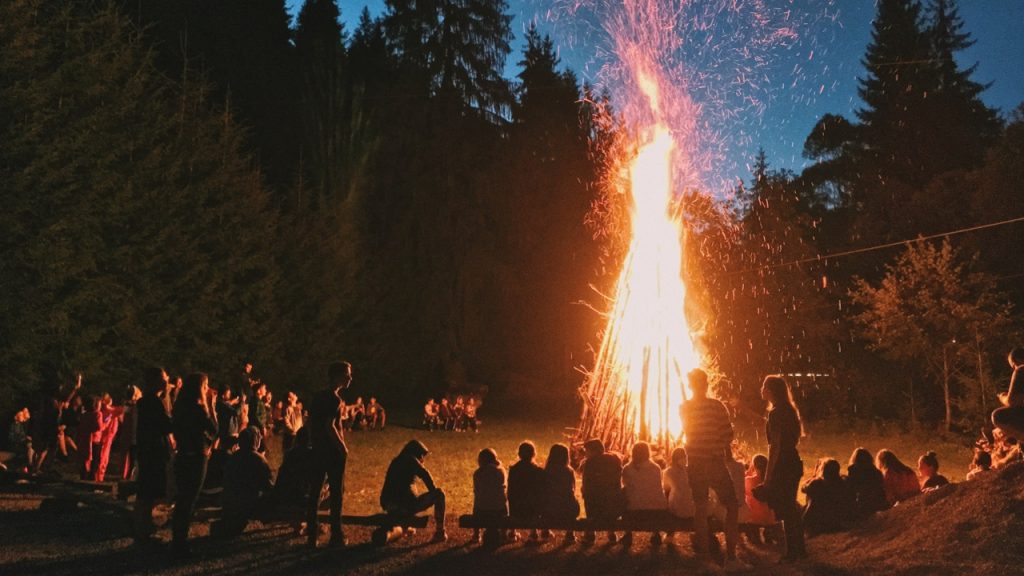
Air quality should be considered in the fireworks debate, say leading experts
Fireworks are a long-standing British tradition, but there is significant public concern over the negative impacts they have.
This year over 300,000 citizens signed an online petition to increase regulations on fireworks, with most arguments citing concerns over loud noises and injury risk.
Our experts have added a new dimension to the debate by providing evidence to the government to show that fireworks and bonfires can also contribute to harmful air pollution.
In response to Parliament’s enquiry into fireworks, the National Centre for Atmospheric Science has recommended that any investigations into fireworks, and particularly bonfires, should consider the impact they have on air quality.
The type of pollution that researchers are most concerned about are called particulate matter. Short and long-term exposure to particulate matter has been linked to increased mortality, respiratory illness, and cardiovascular disease.
Fireworks create smoke and increase fine particulate matter concentrations in the air. These are tiny particles, less than 2.5 microns in diameter, which are small enough to enter the human respiratory system. These particles are known as PM2.5.
The types of particles being emitted from fireworks are a particular cause for concern because they contain a large amount of various metals, used to create colourful explosions. This could mean they are more toxic when inhaled.

During events where fireworks are used, like Bonfire Night, Diwali and New Year’s Eve, there is often a visible spike in air pollution.
Unfortunately, it is difficult to assess the impact of fireworks in isolation. They are often associated with other activities on the same night. Pollution from fireworks can become mixed with pollution from increased traffic, street cooking, and bonfires.
The short and sporadic nature of firework events means that they are unlikely to contribute towards breaching the European Union limit for PM2.5, which is set as an annual average of 25 µg m-3.
However, they may contribute to breaches of the World Health Organisation guidelines for daily exposure, which is set at 25 µg m-3 over a 24 hour average.
Scientists also informed government that there are two factors which can make the impact of fireworks considerably worse.
First, where you stand in relation to fireworks displays can affect your exposure. Individuals attending displays, especially those downwind of the display, will be exposed to considerably higher levels of pollution.
Second, our winter weather. Cold, still air can exacerbate the effects of the pollution because it stays in one area.
The government’s inquiry was launched in February in response to a wide range of public concerns, which gathered support through the government’s e-petition scheme.
The National Centre for Atmospheric Science submitted written evidence to the government in April.
